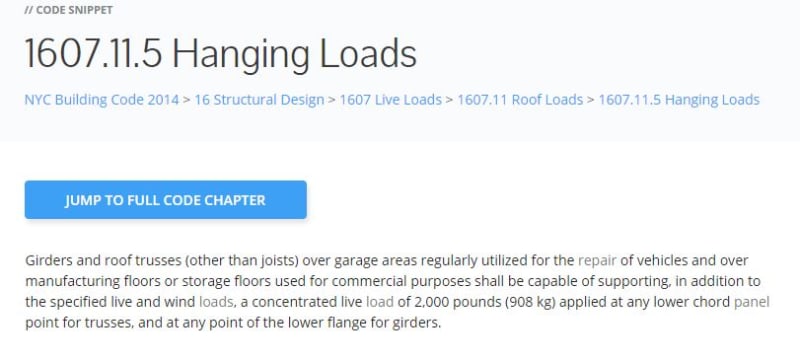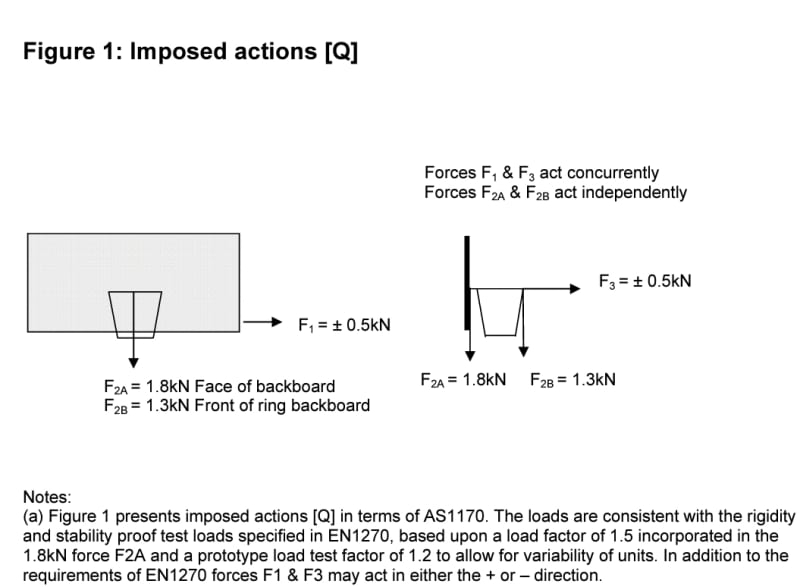Nameless_One
Structural
- Jun 30, 2021
- 6
Hello,
I am dealing a small project which includes the design of a overhead retail sign. The project requires a live load to be considered to account for someone jumping up and hanging on the sign. My question is, should this live load consider an impact load factor in addition to the 1.6 LRFD load factor. My intuition leads me to believe it should, but I am having a hard time finding anything code related that confirms my thought. Any info is apprciated.
Thanks
I am dealing a small project which includes the design of a overhead retail sign. The project requires a live load to be considered to account for someone jumping up and hanging on the sign. My question is, should this live load consider an impact load factor in addition to the 1.6 LRFD load factor. My intuition leads me to believe it should, but I am having a hard time finding anything code related that confirms my thought. Any info is apprciated.
Thanks


